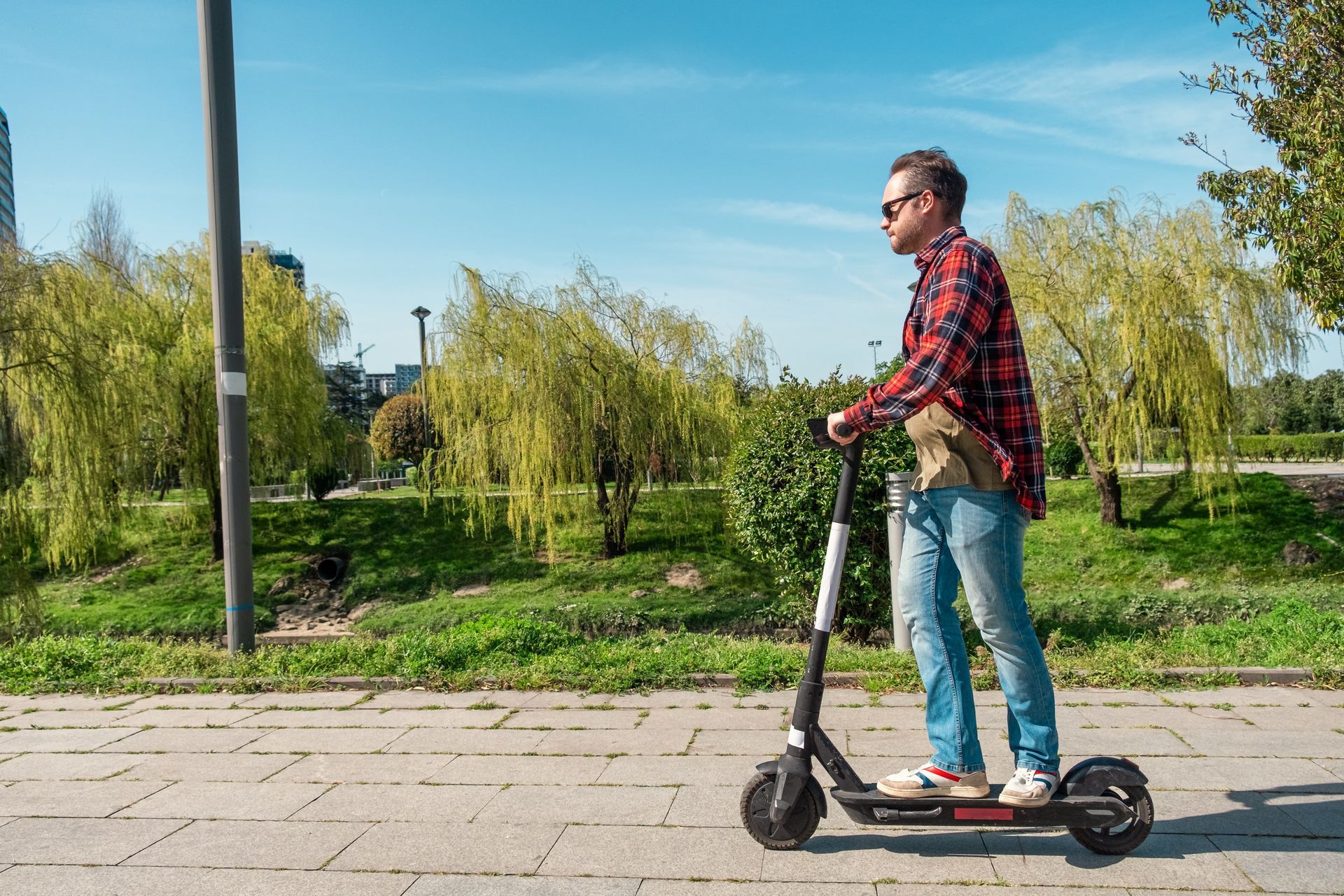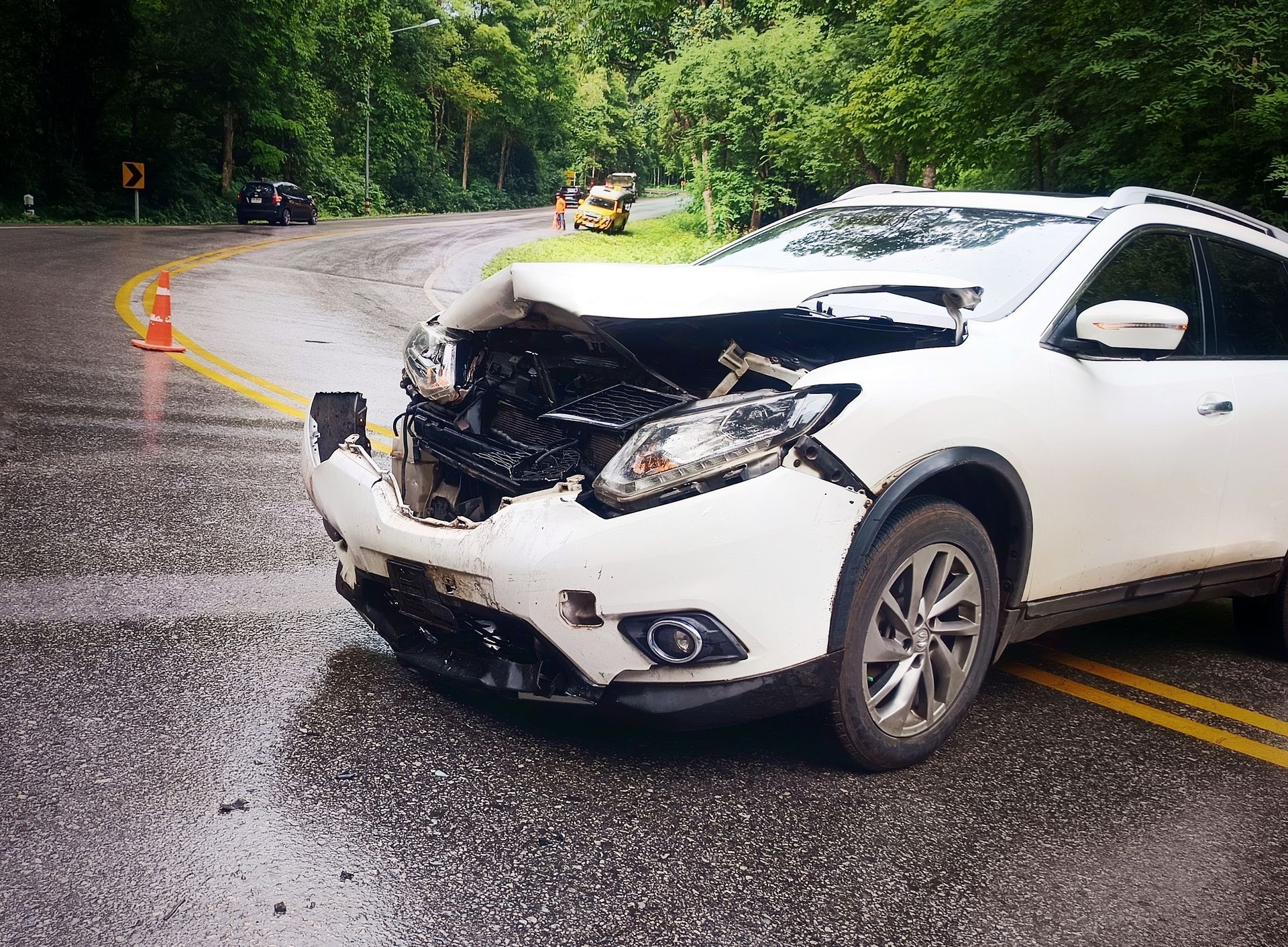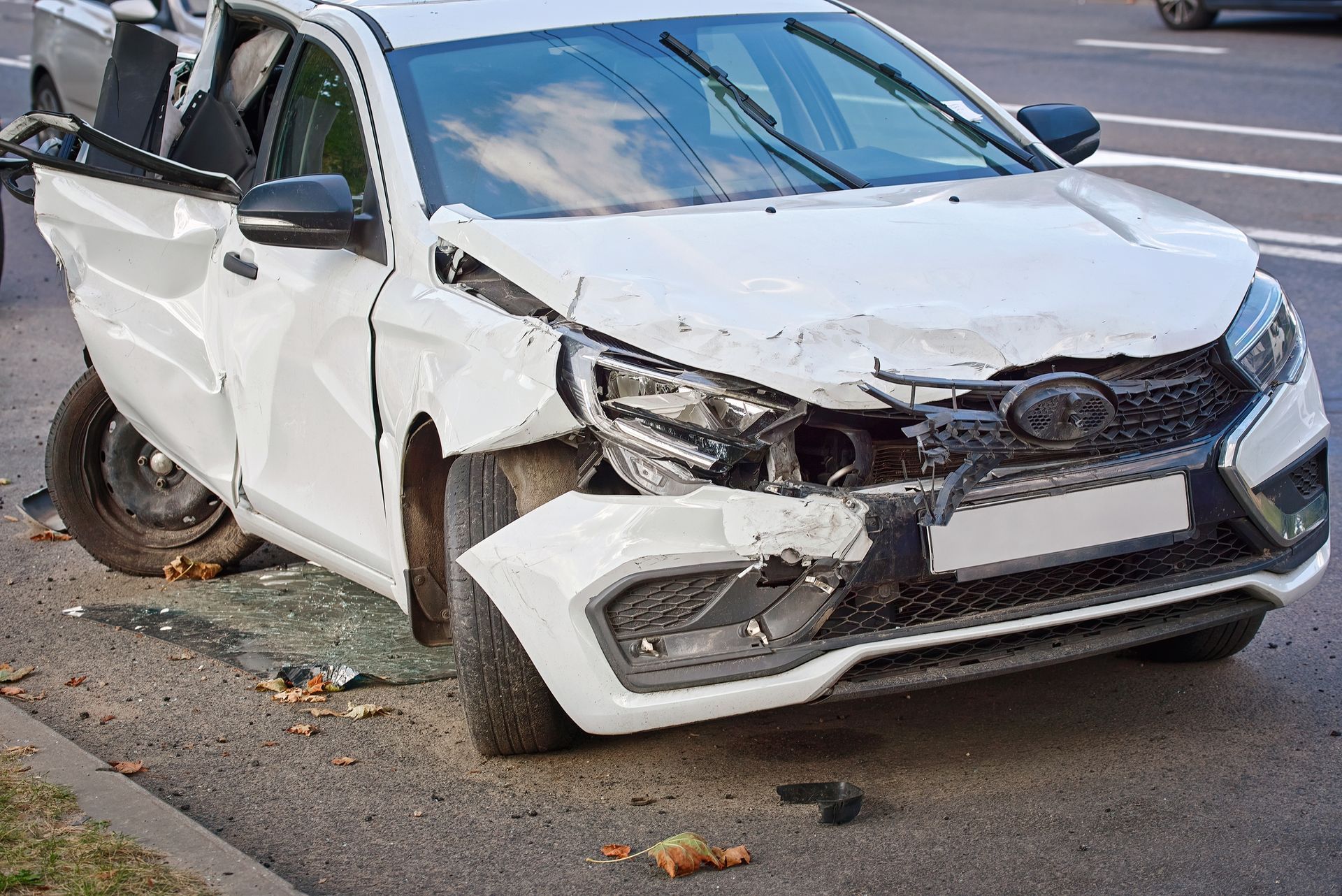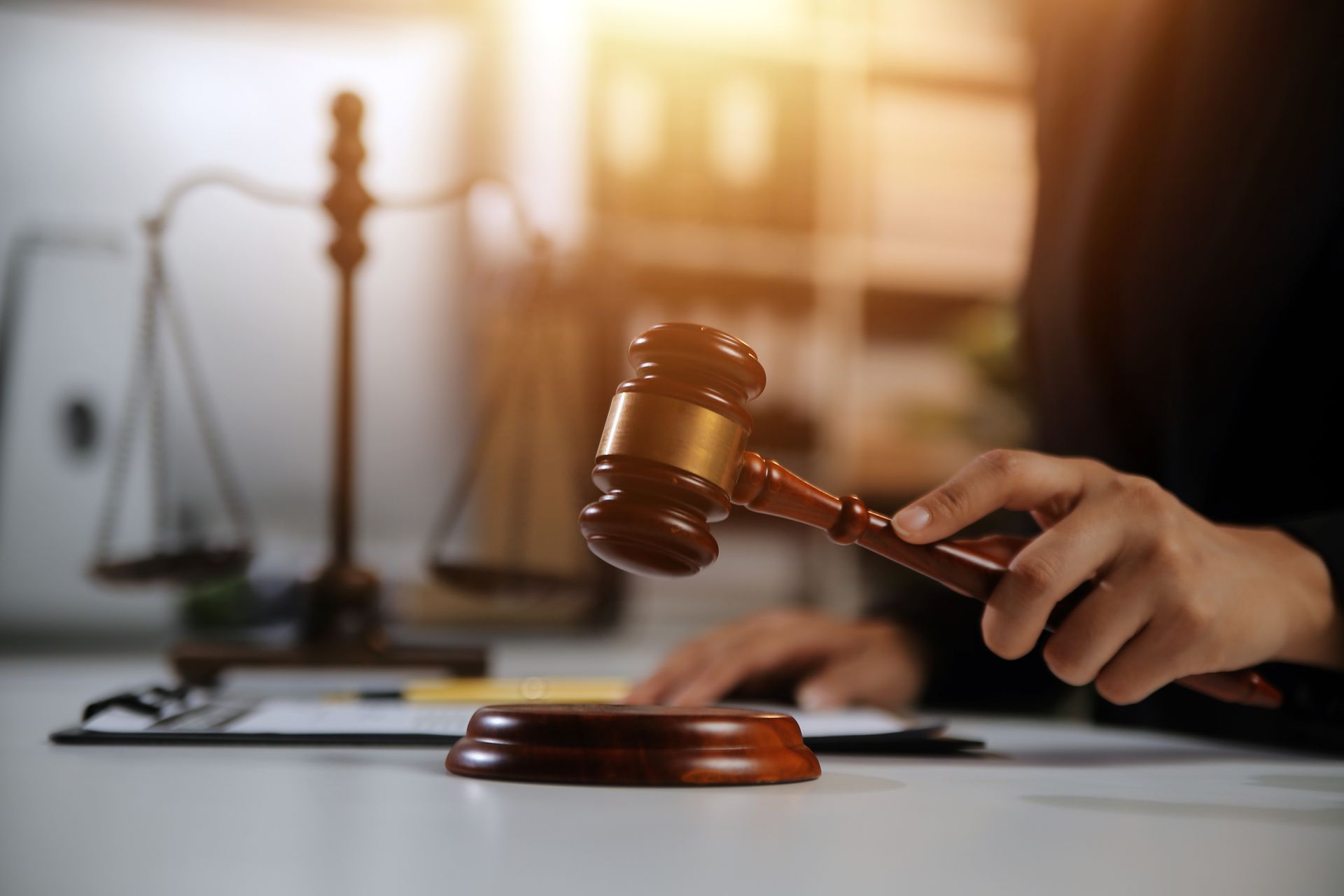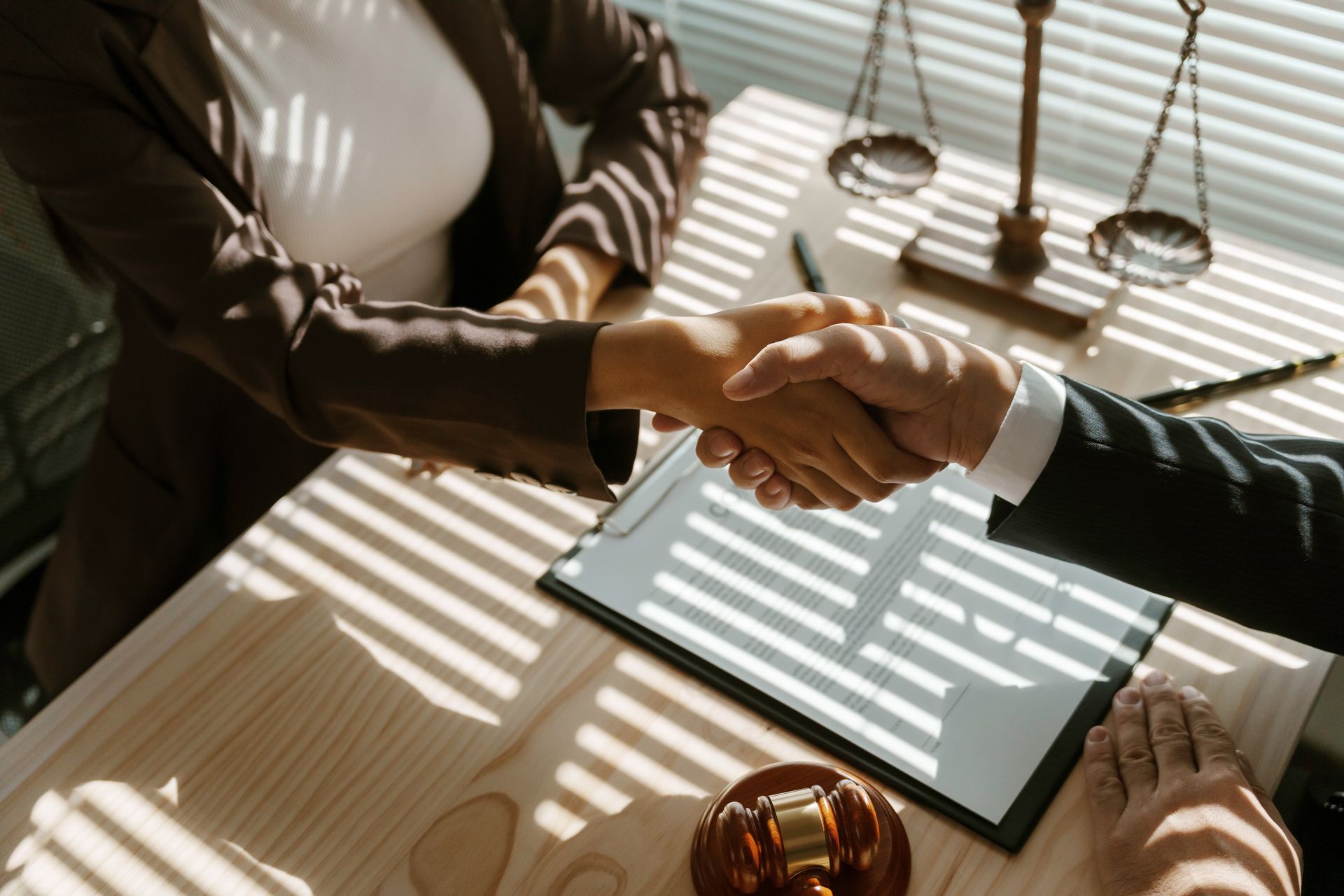Sargon Law Blog
Recent Blog Posts
Slip and Fall Settlements: What To Expect
Premises liability laws help protect you when you get injured while you're on someone else's property. One of the more common causes of injuries is slipping and falling, often due to debris, clutter, uneven walkways, or slippery conditions. You may be able to receive compensation for your injuries, but when you decide to pursue this, there are a few crucial factors to understand about slip and fall settlements.
The Timeline for Pursuing Slip and Fall Settlements
When it comes to slip-and-fall litigation, Arizona has several laws governing your options and eligibility for compensation.
Statute of Limitations
There is a restriction on how long you have to file a lawsuit in the civil court system. This time limit is called the statute of limitations. Under the Arizona Revised Statutes section 12-542, there is a two-year deadline for filing a personal injury claim. A slip-and-fall lawsuit counts as this type of filing.
The law defines these cases as seeking civil remedies for injuries done to another person or for injuries done to another person and death occurs from the injuries. When the clock starts running the timeline depends on the circumstances surrounding any injuries or death that occurred.
Time Limits
If that slip and fall resulted in an injury, the victim has two years from the date the slip and fall occurred to file litigation. If a wrongful death lawsuit is brought because the slip and fall led to a fatality, the time period starts counting from the date of the individual's death; it doesn't depend on the date of the accident.
Some slip-and-fall settlements can get the clock paused, but these are special circumstances requiring an attorney's advice.
Dismissal
If you fail to bring your slip and fall lawsuit before the statute of limitations expires, don't be surprised if the property owners petition the court for dismissal. Unless your case has a particular exception, dismissal is common after missing the deadline for filing.
The Key Factors Regarding Negligence
Arizona laws give landowners a duty of care to those who enter their property, but the specific duty depends on the status of the entrant. The law distinguishes between an invitee, licensee or trespasser. In cases with licensees, the duty is to refrain from willfully causing the individual harm or knowingly letting the individual come upon peril.
With an invitee, landowners must maintain the property in a reasonably safe manner. Entering a property such as walking into an open store typically means you are an invitee, and the property owner has the legal duty to keep the property in a manner considered reasonably safe.
In the cases of slip and fall settlements, there is a lot of focus on the nature of the accident itself. Defining "a reasonable safe manner" is important.
Duty of Care
Not every fall you take on someone else's property qualifies as a slip and law lawsuit. Pursuing a settlement means demonstrating the property owner or person occupying the premises acted negligently and failed in their duty of care.
The components of a negligence claim must establish the breach of duty. Components to prove include:
- An occupier or property owner knew about the hazardous condition, causes the hazardous condition or should have known the condition existed if they were exercising a level of care reasonably expected from a person.
- The occupier or property owners never corrected the condition when there was a reasonable opportunity to do so and failed to warn others of the hazard.
- The failure to notify or correct the hazard directly caused the injury.
- The injury caused an individual harm.
Situations that can create known hazardous conditions include:
- Uneven flooring
- Icy or wet areas
- Bulging or loose carpet
- Loose or missing flooring material
- Poor lighting
- Cords, debris or clutter in walkways
Any number of situations could lead to an accident, but the key to successfully recovering slip and fall settlements is proving negligence on account of the property owner or occupier. These individuals must either notify of the potential danger or take steps to correct it.
Unfortunately, Arizona laws regarding negligence and slip and falls are complex. It is not always easy to prove fault because of the state's comparative fault laws.
Comparative Fault Law Theory
The pure comparative faulty theory could impact your settlement amount, as the state accounts for your potential part in the accident and injury. Under this approach, the amount of money you could recover diminishes according to the percentage reflecting your degree of fault in the incident.
For example, if you are shopping at a grocery store and the business fails to post a notice that the floor is wet, you may slip and fall. If you were exercising reasonable care and shopping normally, the fault could completely lie with the store.
However, if you were running across the floor, a jury or judge could assign you a percentage of the fault. If the resulting determination is that the company takes 80% fault and you receive 20% of the fault, you could only recover 80% of the total damages.
The Impact of Location on Slip and Fall Settlements
Where the accident occurs may also impact your ability to win a personal injury lawsuit for a slip and fall. There are different rules applying to different properties.
Government Property
You can pursue a legal case if there is proof that an employee or the government entity itself was negligent in a way that contributed to your fall. Â However, filing a claim may require specific requirements with a shorter filing deadline. There could also be a statutory limitation on the amount awarded for slip and fall settlements.
Rental Property
If you slip and fall while in a rental property, you can pursue legal action against the landlord. It is your burden to prove the landlord both knew of and had the responsibility to fix a hazard but acted negligently by failing to correct it.
Companies
Because of the invitation to shop or do business in their location, companies have a duty to keep their premises safe for customers. If hazards aren't identified or fixed, victims could successfully file a lawsuit claiming negligence from the store's owners or employees.
Work Environment
A slip and fall while at work could have an entirely different approach than an accident at a bank or in the park. Businesses often carry workers' compensation insurance to address employee injuries and as an alternative to legal action. However, the victim may not always receive fair compensation, giving way to a legal case against the company.
The Financial Benefits of Taking Legal Action
To pursue compensation through civil court, you will file a slip and fall lawsuit in the court system in the same area where the fall took place. You can't file a lawsuit in Pima County if the accident occurred in Maricopa County. You will want to secure a local legal team that specializes in personal injury claims, as proving negligence and supporting damage claims get complex.
There is a difference between filing a case in court and settling a claim out of court. When you file a lawsuit against the company and win, a judge or jury helps determine the amount of damages you recover. With slip and fall settlements outside of court, you and the company or their insurer agree to a payment amount. With settlements, you give up the right to future claims concerning the fall, but you often avoid a lengthy court battle.
Amount of Compensation
There are unique circumstances surrounding each slip and fall case, which makes it hard to determine how much your claim is worth. In Arizona, settlements for slip and fall cases can range between $15,000 to $50,000.
There are a number of things that affect how much you could receive:
- The type and seriousness of injuries
- The probability of long-term disability
- The impact injuries have on your lifestyle
More serious accidents, such as those involving fatalities, often receive slip and fall settlements in the hundreds of thousands and potentially millions of dollars. Working with a lawyer can help determine fair and just compensation for your injuries, and legal professionals often look at several elements.
The Definition of Economic and Non-Economic Damages
The meaning of the term "damages" goes beyond the physical impact the accident had on your body. Legally speaking, damages refer to the solution or remedy the injured party requires the court to issue as a way to make the injured party whole. While financial compensation can't take away the memory of the incident or fix a broken bone, it helps injury victims get the medical care and assistance needed to get back on their feet.
Pursuing a slip and fall settlement will often include recovering economic and non-economic losses. While both are common in a personal injury case, they can have a varying burden of proof.
Economic Damages
These damages are tangible financial losses accrued on account of the accident and the injury. These could include both the expenses already incurred and those that will occur from future treatment, rehabilitation, disability assistance and more. These damages tend to be concrete because they are easy to document and calculate.
Medical expenses are generally the most significant economic damage award. These can include initial hospital stays or doctor's visits and extend to include any follow-up treatment, medications, therapies, etc. Lost wages are another commonly sought-after damage, as accident victims often lose time at work because of their injuries. Minor injuries may have just a few missed days, but if permanent disability occurs, an individual might never return to work.
Property damage isn't as common during slip and fall settlements but can apply if your personal property took damage during your accident. For example, if you had an expensive watch or jewelry broken during the fall, you could recover funds to repair or replace the item.
Non-Economic Damages
These damages are subjective as they concern types of harm that won't have objective documentation or a receipt for the expense. For many claims, plaintiffs may seek the following:
- Emotional distress
- Loss of consortium
- Pain and suffering
- Disability or disfigurement
- Loss of self-esteem
Recovering non-economic damages is a way for victims to receive compensation for their emotional suffering and related issues stemming from an accident.
The Possible Compensation for Slip and Fall Settlements
In addition to the possibility of obtaining a percentage of your eligible damages, several other factors impact what you can expect for a settlement. The severity and permanence of injuries are part of the calculation, as well as whether they prevent you from working.
Proving Damage
Regardless of the damages you are seeking, you will need to provide evidence or support for your claims. You may use medical bills, doctor's notes, personal journals, receipts for medications, therapist notes and more. Proof is such a critical part of your claim that it's important to work with a legal team specializing in personal injury cases in Phoenix.
Your receipts and documentation for economic damages help establish the base for your compensation, but insurers often have their own standard for calculating non-economic damages. Some insurers will take the actual economic damages and multiply it by a particular number to determine an appropriate amount while others take a per diem approach. This means there is a set amount (typically a day's wages) for each day your pain continues.
The Challenge With Insurance Settlements
If you work on your own with an insurer to reach a settlement, you may find yourself with compensation well less than you deserve. Insurance companies often have payout limits according to an individual's or company's policy. This, along with corporate self-interests, keeps insurance companies from paying what your injuries are worth.
The Solution for Slip and Fall Settlements
You don't have to navigate the complex issues involving slip and fall settlements alone. Sargon Law Group has decades of combined experience pursuing justice and compensation for your injuries and pain and suffering. Contact our team to find out what your injury is worth and how you can obtain damages from the negligent party.
